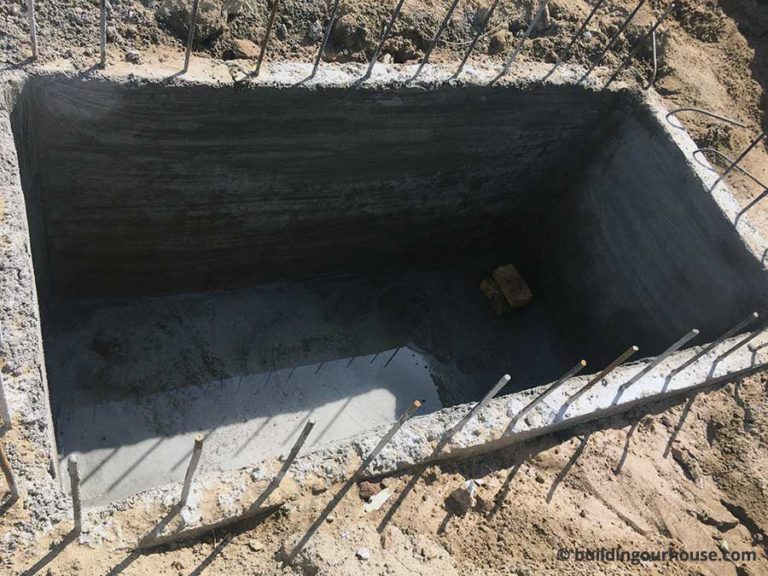
Once a drain field fails, you only have a few options. National septic standards recommend that septic tanks be pumped every three years to prevent this problem. The same type of biodegradable matter that decomposes and falls to the bottom of a lake is what keeps the water from leeching into the aquifer. The sludge in septic tanks forms a layer below the pipes and prevents the water from leeching into the ground. When the sludge layer at the top and the bottom inside septic tank get high enough to leave the septic tank and go out into the drain field, it will plug up your drain field. A drain field can act as a spreader of the effluent or it can act as a collector of rainwater and groundwater. In addition, if the ground is saturated because of high water table or heavy rainfall, then the septic tank will not drain and it will back up into the house.

If you have a septic tank cleaning service clear the lines and pump the tank and it’s still not working properly, then the drain field is having a problem. If the technician encounters a problem, he can run a camera down the line and find out if the roots have created a problem with the line or if the septic tank is functioning properly. The first thing to do is to have your pipes professionally cleaned so you can be assured the pipes are fully open. Drains can become blocked with sludge, roots and dirt from broken pipes.

The first is a blockage of the inside pipes leading from the fixtures to the septic tank. If you are still getting backups in your bathroom piping after having pumped the septic tank, there can be only two problems.


 0 kommentar(er)
0 kommentar(er)
